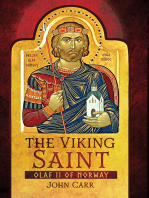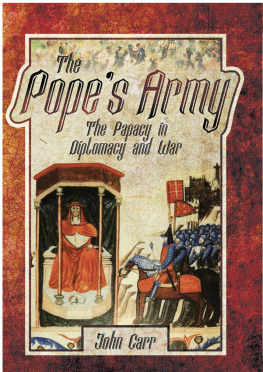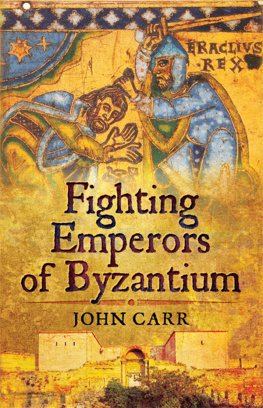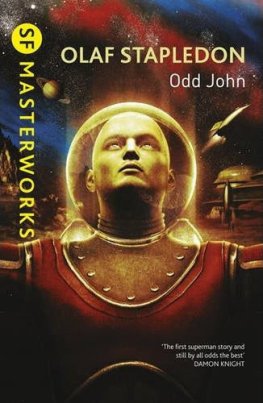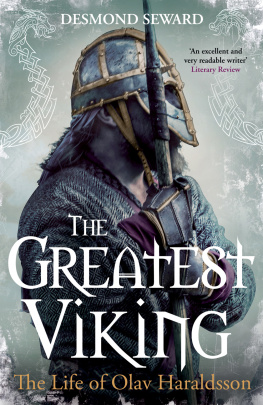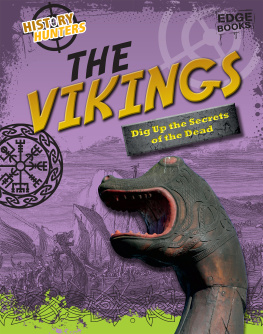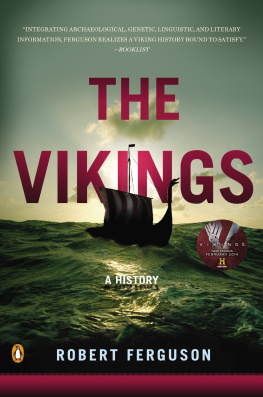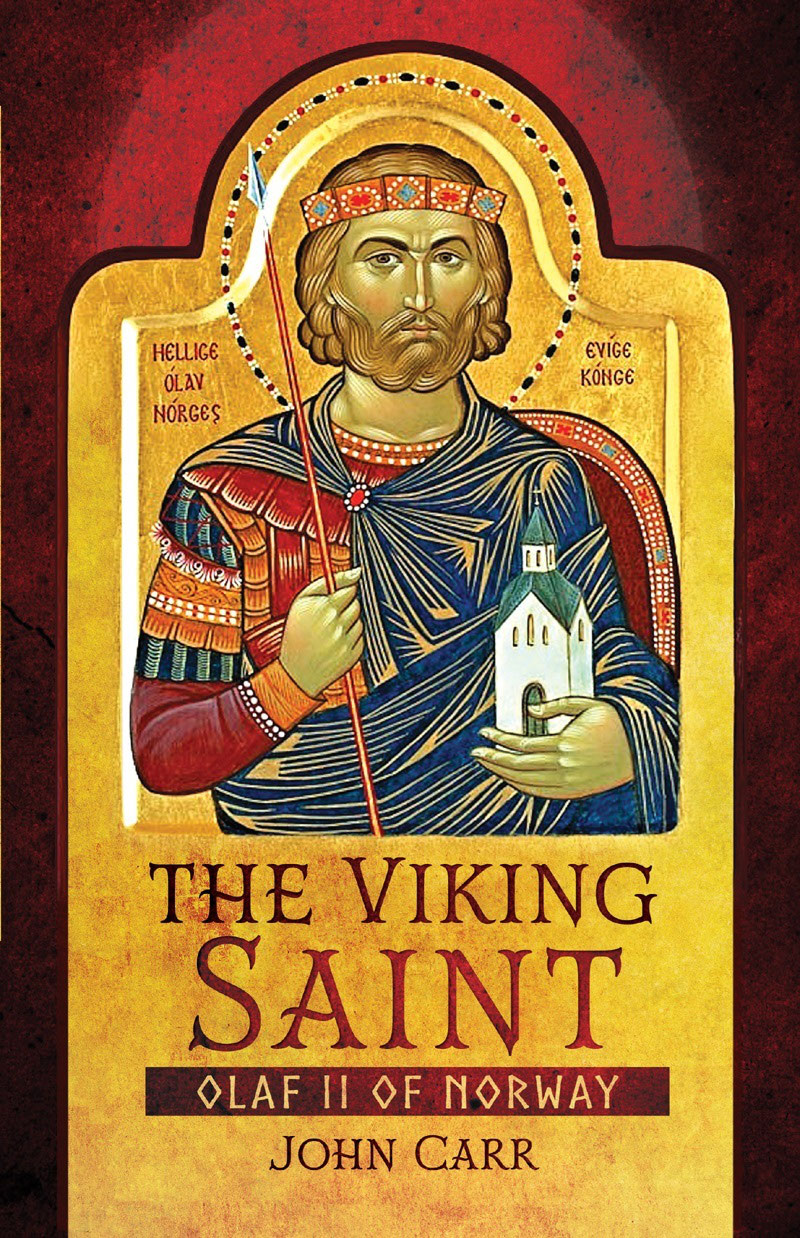
The Viking Saint
The Viking Saint
Olaf II of Norway
John Carr

First published in Great Britain in 2022 by
Pen & Sword Military
An imprint of
Pen & Sword Books Ltd
Yorkshire Philadelphia
Copyright John Carr 2022
ISBN 978 1 39908 781 0
eISBN 978 1 39908 782 7
Mobi ISBN 978 1 39908 782 7
The right of John Carr to be identified as Author of this work has been asserted by him in accordance with the Copyright, Designs and Patents Act 1988.
A CIP catalogue record for this book is available from the British Library.
All rights reserved. No part of this book may be reproduced or transmitted in any form or by any means, electronic or mechanical including photocopying, recording or by any information storage and retrieval system, without permission from the Publisher in writing.
Pen & Sword Books Limited incorporates the imprints of Atlas, Archaeology, Aviation, Discovery, Family History, Fiction, History, Maritime, Military, Military Classics, Politics, Select, Transport, True Crime, Air World, Frontline Publishing, Leo Cooper, Remember When, Seaforth Publishing, The Praetorian Press, Wharncliffe Local History, Wharncliffe Transport, Wharncliffe True Crime and White Owl.
For a complete list of Pen & Sword titles please contact
PEN & SWORD BOOKS LIMITED
47 Church Street, Barnsley, South Yorkshire, S70 2AS, England
E-mail: enquiries@pen-and-sword.co.uk
Website: www.pen-and-sword.co.uk
Or
PEN AND SWORD BOOKS
1950 Lawrence Rd, Havertown, PA 19083, USA
E-mail: Uspen-and-sword@casematepublishers.com
Website: www.penandswordbooks.com
Contents

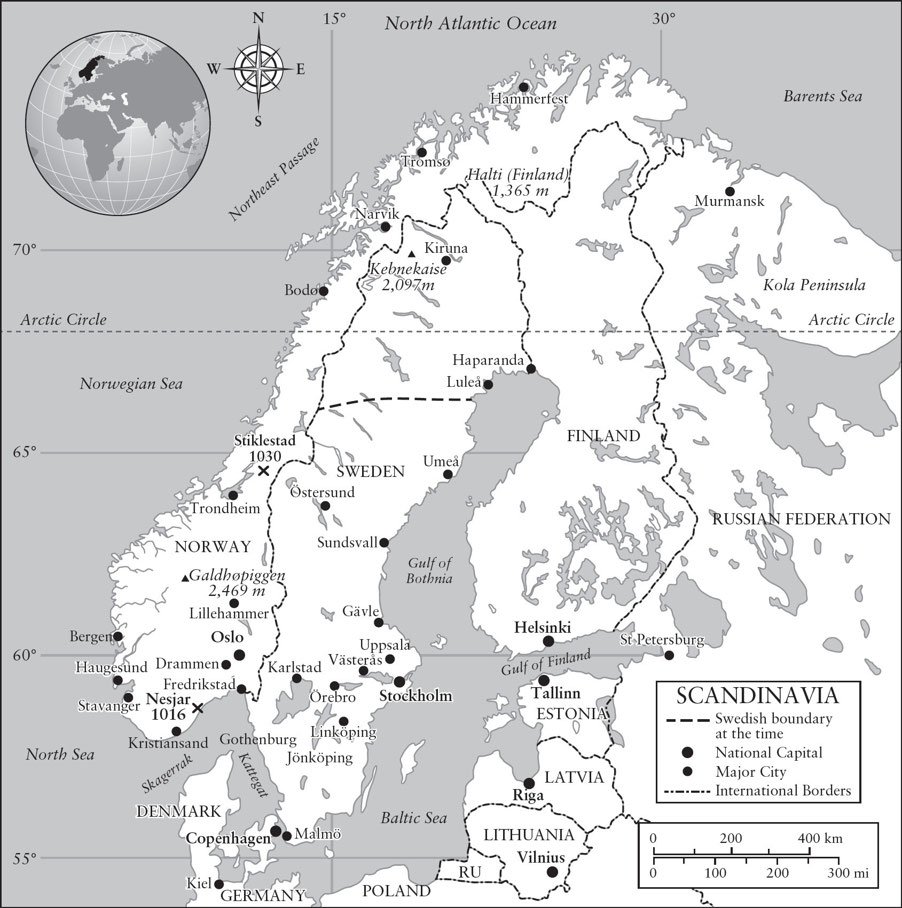
Prologue
Hagiography in this secular age is not one of the more fashionable genres in the non-fiction field. The main reason is that the term itself has come to be misleading; in our era hagiography is equated with fairy-tale propaganda, the whitewashing or blatant promotion of a person or institution, likened to what many still believe are fanciful concoctions, devoid of critical content and fit only for the nave or, in the case of saints, the religious.
But that is not the dictionary definition. The term hagiography derives from the Greek haghios, saintly or holy, and graphe, written text. The connotations of propaganda and insincerity are later accretions. A hagiography can be penetratingly candid and quite historical. A great many, it is true, contain something of the implausible, but that alone does not automatically consign them to the historians recycle bin. Even the most subjective and hagiographical of saints lives are not without a hard kernel of truth. It is the task of whoever has the temerity to write about the life of a saint especially one who lived a thousand years ago not so much to separate fact from fiction (impossible in most cases) as to present all that we know of the subject and let the readers own conscience decide.
History does not come down to us in neat, labelled particles which we can analyse under a microscope and pronounce on their authenticity. All non-fictional narration, in fact, including that of daily journalism and in the vast wasteland of social media, suffers from the same problematic, hence the recent insoluble issue of what does or does not constitute fake news.
Sainthood itself is a subject extremely fraught with such difficulty. The worldly and the divine combine and clash in ways that cannot be unravelled. The subject cannot be treated in the usual dry reportorial manner of a television documentary, even of a docu-drama. History is not a set of algorithms or mathematical functions where inputs A and B must inevitably result in X and Y; most of the time we dont even know what A and B really are, and must resort to speculative intuition, aware that a so-far unknown C or D may be lurking in the shadows. One reads not only with the coldly rational mind but with the heart also.
Olaf II Haraldsson (or, as it is variously spelled, lfr in Old Norse, Olav or Olave) was born around 995 in a noble household with connections to the Danish Norwegian royal line. In the accounts we have, he showed remarkable precocity at a very early age, going enthusiastically on Viking raids before quite getting into his teens. He did not live very long he was killed in battle when he was thirty-five but the story of his young adult years bears similarities to that of Saul in the New Testament, who from breathing out threatenings and slaughter against the disciples of the Lord, (Acts 9:1) experienced that momentous conversion on the road to Damascus that at one stroke turned him into the pre-eminent Christian apostle of all time. Olaf too had his warlike and violent early life, until his conversion in Rouen which set him on a diametrically opposite course to become Norways patron saint.
The main source for the life of St Olaf is the monumental history of Norways kings, the Heimskringla, of Snorri Sturluson, an Icelandic annalist of the thirteenth century. Snorri marshals his entire history, including the lives and exploits of kings before Olaf, into a definite Christian framework replete with dramatic scenes and seat-edge accounts. The work has been criticized as historically unreliable in places, though we have no corresponding standard of what reliable means in this case. Of course it contains flaws, and where these are detectable they are mentioned, but to try to decide on arbitrary grounds which elements are pious tales and which have what is vaguely called the ring of truth, and separate the one from the other, would be a waste of time. The modern chronicler is simply not qualified to make the distinction; a pious tale to one reader may be an entirely authentic divine revelation to another.
In cases such as the Heimskringla, as with other such seminal sagas as Homers Iliad, the conscientious historian is faced with an insoluble dilemma. I suggest dealing with this conundrum by taking what I would call a half-empty or half-full approach. Either the Heimskringla can be considered by and large legendary (half-empty), or by and large truthful (half-full). Out of respect and tribute to my subject, I have chosen the latter course.
Olaf II Haraldsson was not made a saint lightly; no saint is. Was he simply a capable man who unified Norway and made it Christian or was he someone who transcended mere power politics and joined the company of saints by the divine power released in him? Thus the central problem in examining the story of St Olaf is squaring his earthly record with his subsequent sainthood. Some authorities have implicitly cast a certain doubt over whether he deserved to be a true saint. There certainly is a contrast between Olafs saintly status and some of his distinctly un-saintly actions while he was king of Norway. Such implied criticism, though understandable, makes the historical mistake of judging past events (or what we are told of past events) by todays standards. Olaf Haraldsson acted on the old Roman dictum of dura lex, sed lex the law is harsh, but its the law. The alternative would have been a continuation of the Old Norse heathen cults of blood and violence, which had to be extinguished by all possible means.
Next page
